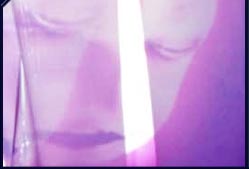Artificial Life
Sami Haikonen
New technologies alter the way we perceive our body and identity.
In science and in science fiction new concepts of bodies and identities
enthusiasticly explored. In these discourses bodies are often perceived
as an object that can be designed for individual needs. In this
text I will briefly comment these discourses and introduce an installation
which I made in Tokyo.
The body
systems
In recent technoscientific
discourses, particularly in the fields of communication and biological
technologies, bodies are perceived as a code, text or information.
In communication sciences the physical world is translated into
code or information which can be processed by computers. In biotechnology
bodies are translated into language of genetic coding. Biological
and communication technologies are looking for a common language
that these two systems could meet. In this meeting the boundaries
between machine and organism, natural and artificial are blurred.
In science fiction
and cyberspace new concepts of bodies are explored. In these cybervisions
physical bodies are transformed to produce new identities beyond
biological and physical limitations. These fantasies reflect the
changes in the concepts of our bodies and identities.
What seems to
be common to these fantasies in virtual and `real` life is that
the body is considered only as a tranformable object to project
the identity. In my work I intend to criticise this view of seeing
body as a product that can be freely manipulated to reinvent one`s
self.
Artificial
life installation
Following the
work that I did in Tokyo (www.bodyfantasticproject.net)
I intend to create a participatory environment which the participants
can access through internet and also in the actual installation
space. The aim of the work is to comment on the transformations
of body concepts in the context of new technologies. The work would
include an artificial life "creature" which could be fed in the
internet. This creature would also communicate with the participants
in the physical space.
|
